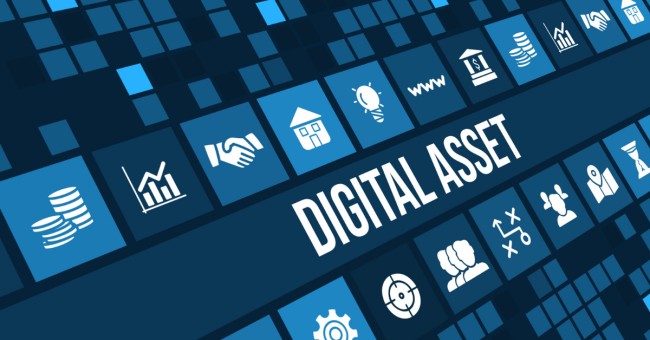
In today’s age of digitization, our lives are closely intertwined with technology. From our social media accounts to online banking, we have many digital assets that contain sensitive and confidential data.
But more often than not, we don’t realize how vulnerable we are until after a catastrophic data loss event. Therefore, adopting proactive measures to protect your digital assets from any potential loss or damage is crucial.
One such measure is DLP – Data Loss Prevention. What is DLP, and how does DLP work? Simply put, DLP protects sensitive information against theft or accidental exposure by monitoring user actions and policies across an organization’s network.
Picture this: One day, you wake up to find all your emails wiped out because you clicked on a phishing link in one of the emails that seemed off but looked legit enough. “Why me?” you wonder! And this question has us all nagging at some point because none of us cares sufficiently until it’s too late!
Do yourself a favor; make sure you have deployed the strategies mentioned below for efficient loss protection so that you stay in charge of everything digital except calls on Viber claiming they want my bank credentials!
Strategy #1: Implement Reliable Cybersecurity Solutions
With the rise in cyber threats like phishing scams and ransomware attacks, which can pose severe risks to the confidentiality and integrity of stored data, cybersecurity solutions shouldn’t be taken lightly.
Investing in trusted antivirus software like Norton Anti-virus (a personal favorite), Avast, or Kaspersky could pay dividends as they provide premium-grade protection against most known malware types currently doing rounds on the internet.
Additionally, activating two-factor authentication (2FA) also goes a long way regarding securing online email accounts where hackers will try their best to guess your passwords or resort to brute-force attacks.
Strategy #2: Use Robust Backup and Recovery Systems
Imagine waking up to find all your files missing because of a system crash, hard disk failure, or a ransomware attack that just put everything on lockdown. A backup is like an insurance policy – something you never want to use but are glad you have when unexpected events occur.
To ensure efficient loss protection of essential digital assets, it’s high time we resorted to data backup plans. The data backups could be on the cloud or an external storage device that may be handy at such times.
However, ensure the encryption process keeps intruders from prying open files using state-of-the-art cryptography protocols like AES 256-bit encryption.
It’s always better to be safe than sorry!
Strategy #3: Enforce Strict Access Policies & Procedures
Internal actors pose a serious risk to any organization’s data security infrastructure as they are privy to sensitive information and can leak valuable and confidential info.
By implementing strict access controls and protocols, organizations can get ahead of these leaks by limiting access privileges granted only to authorized personnel while disallowing unwarranted behavior that could put these digital assets at risk.
These restrictions will also significantly curb suspicious activity inside out, like incoming malicious emails laced with spyware or unwittingly downloading malware from suspicious-looking URLs.
Wrapping Up
With cyber threats on the rise due to remote work (thanks, Rona), we need a proactive approach towards cybersecurity more than ever before because it isn’t rocket science anymore!
By following our best practices above for efficient loss protection, you’ll be steps ahead when safeguarding those precious digital assets.
